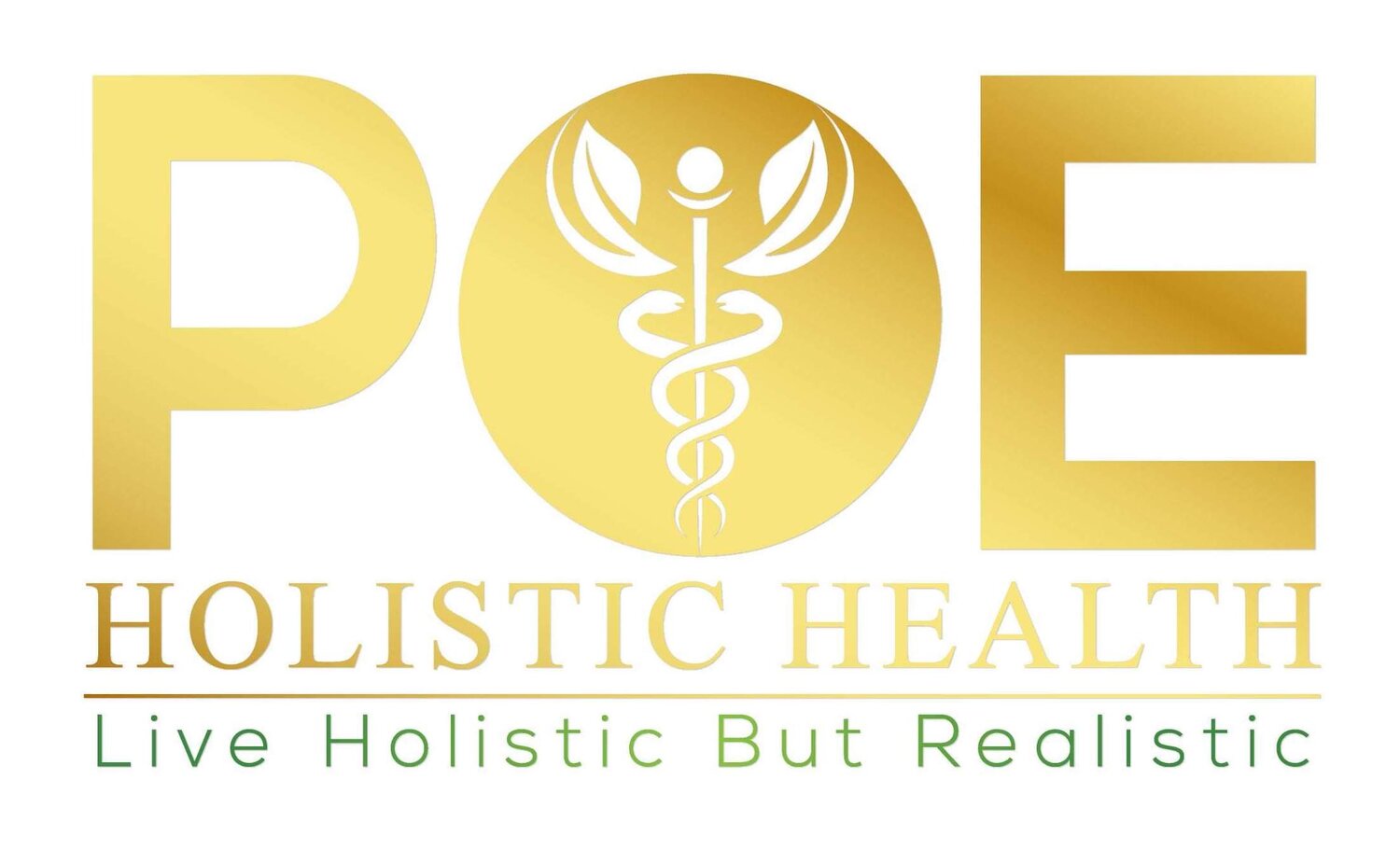When manual medicine is a topic of discussion, osteopathy is a modality that is often at the forefront of discussion. So, what exactly is osteopathy?
It is a type of manual medicine that offers patients tremendous improvements in many types of musculoskeletal conditions, mobility, and other health conditions and/or diseases. It is recognized and utilized worldwide. Osteopathy was officially founded and developed by Dr. Andrew Taylor Still in 1874. He spent many years studying and researching, and ultimately believed that by correcting problems in the body’s structure through manual techniques (osteopathic manipulative medicine), the body’s ability to function and to heal itself would improve. He was also a proponent of preventive medicine, and endorsed the philosophy of treating patients “holistically.” This included a “whole patient” focus including the mind, body, and spirit, not just the disease or symptom alone. Osteopathy can be considered the pioneer of manual medicine since the major manual medicine schools that exist are rooted in osteopathy. American style Osteopathic physicians have the same training and licensing as medical doctors. After completing medical school, they complete an internship and residency, which can last between 3 to 8 years (or even more if they subspecialize). They utilize modern medicine techniques such as medicine and surgery, sometimes in conjunction with manual techniques to diagnose illness and injury, relieve pain, restore range of motion, and enhance the body’s capacity to heal.
European style osteopaths, also called manual osteopaths or osteopathic manual practitioners, are primarily trained in the practice of osteopathic techniques, and focus on the musculoskeletal system. European-style manual osteopathy is a type of holistic manual therapy that includes soft connective tissue techniques like osteoarticular mobilization, cranial sacral techniques, visceral techniques, lymphatic drainage, muscle energy techniques, myofascial release, and other gentle and non-invasive techniques that decrease pain, and increase mobility and flexibility. These techniques are recommended in conjunction with daily exercise, healthy nutrition, and stress relief, in an attempt to help support clients recovering from pain, disease and injury, or for overall wellness.
Unlike licensed Doctors of Osteopathy, European Style Osteopathic Manual practitioners do not prescribe medications, perform surgery, diagnose disease, or perform any high velocity, low amplitude manipulative techniques. There are currently 2,000 Osteopathic Manual Practitioners in the USA, and 67,000 licensed Doctors of Osteopathy practicing medicine. The profession of an Osteopathic Manual practitioner has been highly cited and regarded as a wonderful adjunct for the safe and non-invasive chronic pain improvement and management therapy/bodywork all over the world, but especially in Canada, Europe, and now the USA.
In 2017 alone, over 200 chronic pain clinics opened in Canada that are owned and operated by Osteopathic Manual Practitioners. In 2018, the very first American Osteopathic Manual Practice Board was formed to evaluate manual osteopathy schools. The most distinct difference between osteopathic physicians and osteopathic manual practitioners is that they are not licensed to prescribe medication, diagnose disease and illness, or perform surgery. Osteopathic physicians attend medical school, residency and undergo extensive training. Osteopathic manual practitioners also have extensive education and training, including 2200 hours of coursework and training, and are able to greatly focus on and become experts of the musculoskeletal system, thus helping many patients with a variety of conditions. Osteopathy improves the quality of life and overall health and wellbeing of patients.
I have been seeing patients as a holistic health practitioner for the past 2 years, and have been living out my passion helping them optimize their health in any ways that I can. My own experiences as well as those of others have given me the opportunity to see the ways holistic health and good nutrition can truly prevent, improve, and heal many conditions and symptoms that exist. However, one commonality that I have noticed with a large majority of my patients is that they suffer with unrelieved chronic pain and/or inflammation, as well as other conditions. They have tried many different pain relief options, sometimes including pain medication, to no avail. Sadly, Massachusetts was amongst the top 3 states in the United States as having the highest death rates from synthetic opioids. There has been a rise in not only opioid related deaths, but also in use and/or misuse, as well as addiction. In lieu of this, I am passionate about helping reduce these sad statistics in any ways that I can. I believe that I can play a part in this through alternative medicine and holistic nutrition, as well as osteopathic manual practice therapy. I feel that adding Osteopathic Manual Practice to my clinic will offer patients another step in their healing and pain relief. I will now be able to offer patients support and healing through multiple modalities. Osteopathic Manual Practice offers a wide variety of therapeutic techniques that can truly improve overall pain, mobility, flexibility, and wellness. There are numerous clinical studies and research papers detailing the significant health benefits of osteopathic manual care. I feel honored to be able to offer further health optimization to my patients. I am called to be a healer, and osteopathic manual practice is an additional puzzle piece that fits into my practice to help make it “complete.”


